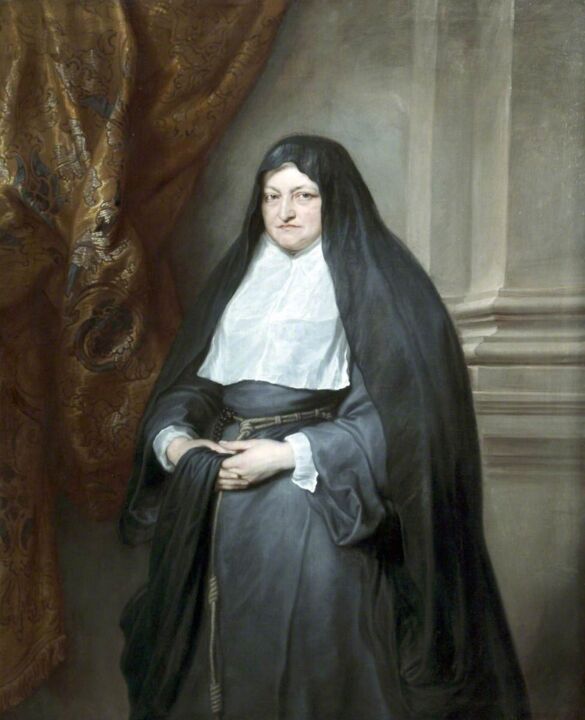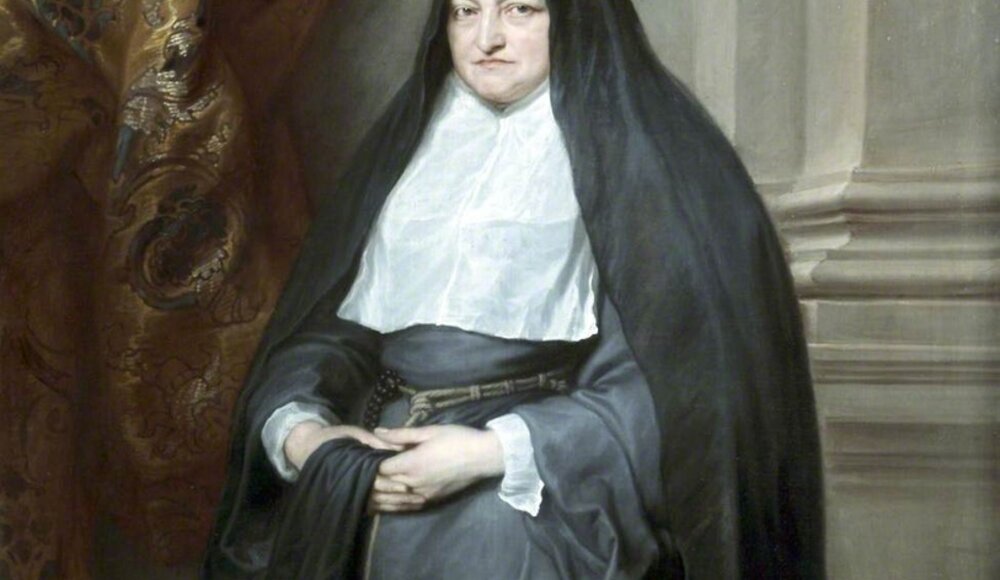 The Infanta Isabella Clara Eugenia (1566–1633), Anthony van Dyck © Walker Art Gallery
The Infanta Isabella Clara Eugenia (1566–1633), Anthony van Dyck © Walker Art Gallery
Christopher Wright, a renowned art historian, has unearthed several old master paintings in public and private collections over the last five decades. Now he has discovered that a copy of a Sir Anthony van Dyck picture he purchased in 1970 for £65 may be an original by the 17th-century Flemish court painter to King Charles I.
"I purchased it from a rogue dealer in west London," he explained. "As an art historian, I was purchasing it as a copy. In an odd manner, I paid no attention to it. The syndrome is that the children of the cobbler are the least well-shod. As a result, the art historian's collection receives the least attention." Wright assessed the painting's value at about £40,000, despite the fact that several Van Dycks have commanded seven-figure sums.
For years, he has hung the portrait of Isabella Clara Eugenia, Infanta of Spain and Regentess of the Spanish Netherlands, in his sitting room. Now that he has recognized its value, he wishes for it to be donated to a public institution. He is loaning it permanently to Barnsley's Cannon Hall Museum, which houses an outstanding collection of 17th-century Dutch and Flemish paintings. Wright's other discoveries include a portrait of Stubbs in Hull's Ferens Art Gallery, as well as studies of 17th-century artists such as Rembrandt. He examined the infanta's image more closely only when it drew the interest of Colin Harrison, senior curator of European art at Oxford's Ashmolean Museum. "He pays me a visit. We converse. 'I truly believe your painting is by Van Dyck," Wright stated. "In the manner of a museum curator, I instantly began searching around the walls," Harrison remembered. It seemed to me that this was a fascinating and probably good painting and that, if the hands were painted correctly, Van Dyck might have painted them."
When Wright purchased it, he imagined it was one of the countless reproductions of Van Dyck's infanta portraits in a variety of styles, including full, three-quarter, and half-length. His is a half-length oil on canvas painting that measures 81.5cm by 70.5cm. Each depicts her dressed as a nun, indicating her grief and piety following the death of her husband, Archduke Albert VII of Austria, in 1621. She became Regentess of the Netherlands and reigned independently until her death in 1633, forsaking the ostentatious jewelry and attire with which she had been depicted in her youth. Wright acknowledged that she was a devout Catholic, a capable administrator, and an art lover, but he was never a fan of the portrait. "I gave it the moniker 'Er Indoors' after Rumpole of the Bailey. She has a sort of doomsday personality." However, inspired by Harrison, he brought it to central London's Courtauld Institute of Art, where it was studied and restored.
"It was filthy and covered in yellow varnish, but it was in reasonably good condition," he explained. "Everything looks absolutely fantastic at the moment." It is believed to date from 1628 to 1632. Van Dyck had previously worked in England for King James I and as court painter to the infanta; in 1632, he returned to England and was knighted by Charles I. The Courtauld's report, by Kendall Francis and Timothy McCall, states that Van Dyck and his studio created numerous infanta portraits and that determining the amount to which assistants were involved might be "extremely problematic." They conclude: "The dexterity of the execution leads us to cautiously believe that it was created in Van Dyck's workshop and completed during his lifetime and under his supervision." While some believe the half-length version in the Walker art gallery in Liverpool is by Van Dyck, Wright noted that "the Walker does not hold that opinion," noting that Walker's web description refers to it as from Van Dyck's studio and "perhaps" the artist.
When asked about the features of his version, he stated: "The hands are exquisite." When it comes to studio executions, the hands are incapable of performing them. The form of her face is correct, and her clothing is exquisite. There is no copyist on the job here."


 Jean Dubreil
Jean Dubreil